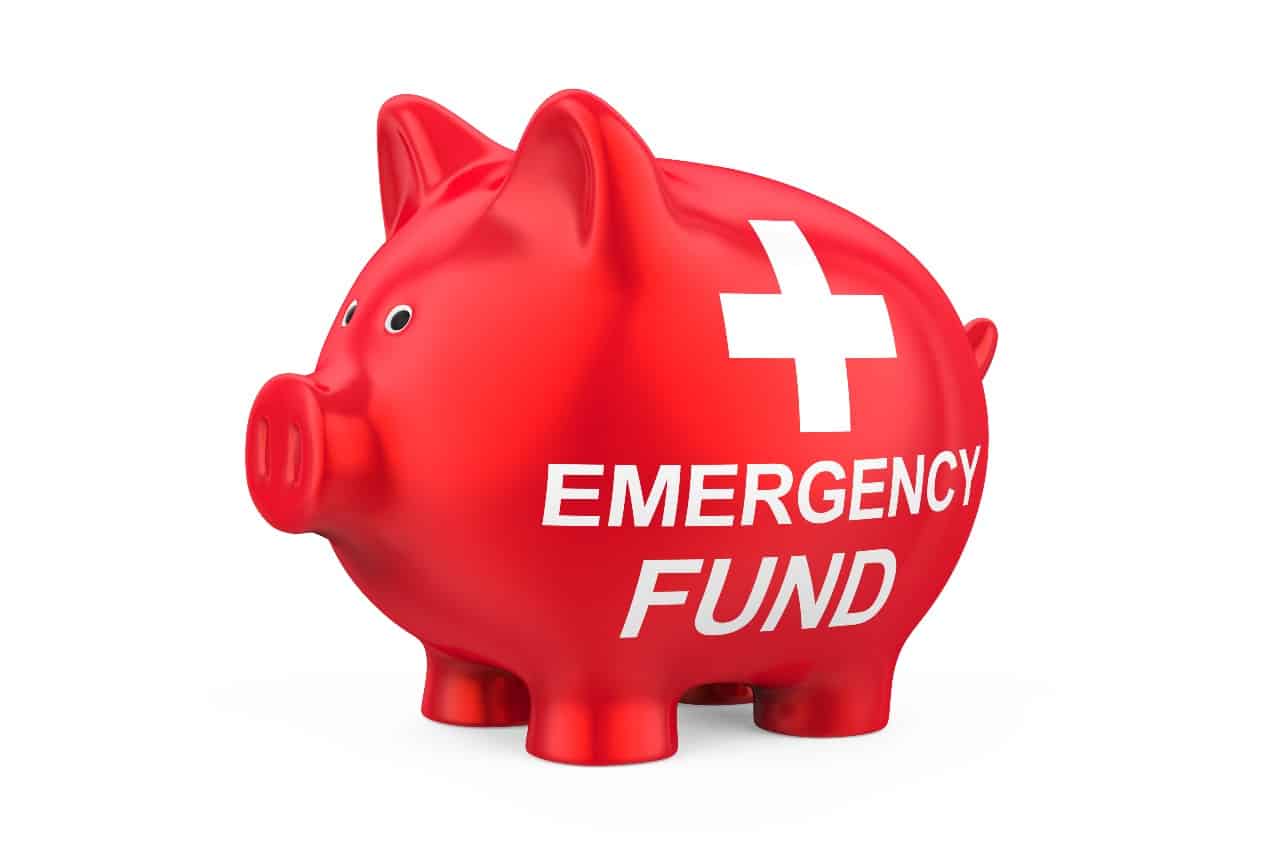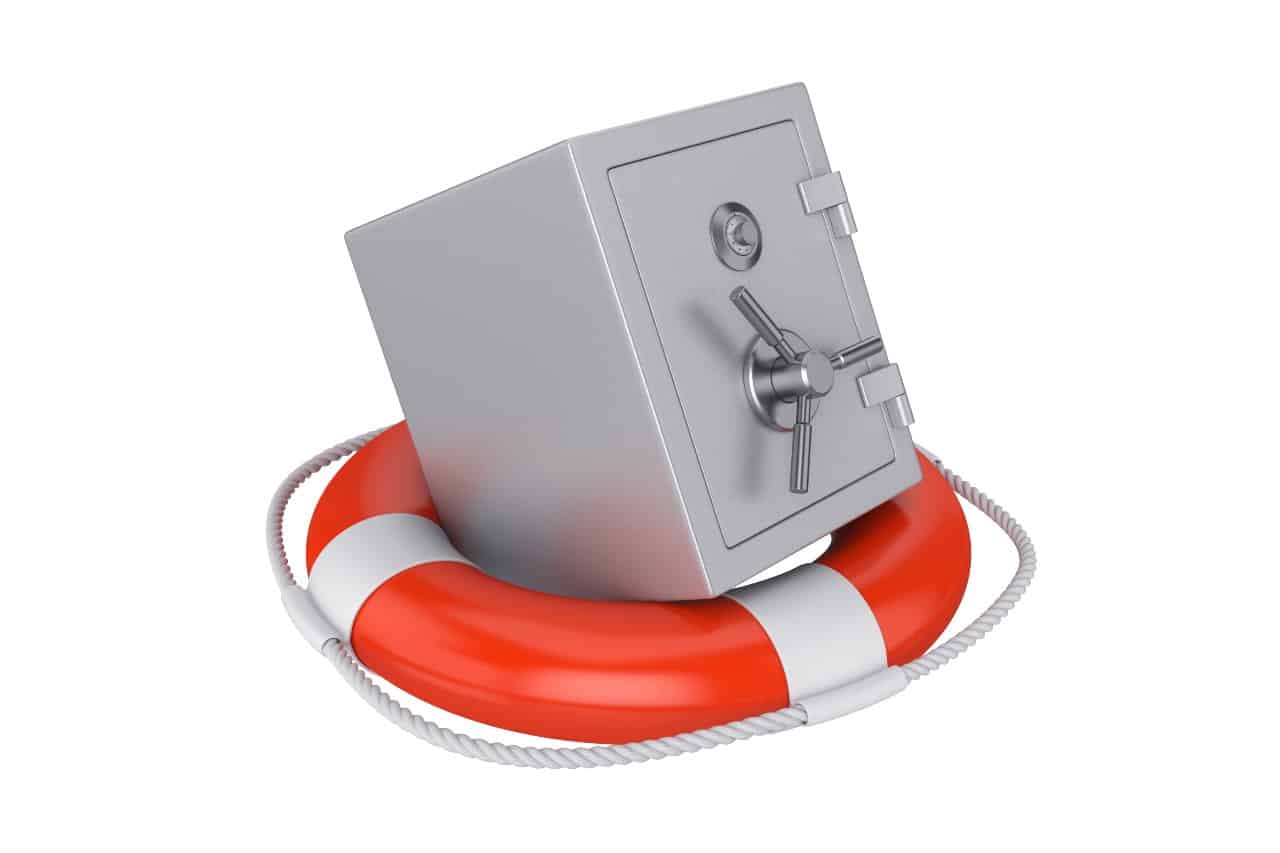When it comes to saving money in Canada, understanding your options is key. Two popular choices are a High Interest Savings Account (HISA) and a Guaranteed Investment Certificate (GIC). Let’s break down what they are, how they differ, and when you might use one over the other.
What is a High-Interest Savings Account?
A High-Interest Savings Account (HISA) is a type of savings account that offers a higher interest rate compared to regular savings accounts. You may also hear the term High-Yield Savings Account (HYSA); the two terms are essentially the same, with the HYSA being used more commonly in the US. With HISA, you can earn more interest on your money while still having easy access to it. One caution is that many savings accounts with the term ‘high-interest’ in the title are not always at an interest rate you would consider high. Many accounts also have promotional interest rates that expire after several months. So if you’re on the hunt for a high-interest savings account, read the fine print!
Key features:
- Flexibility: You can deposit and withdraw money at any time without penalties.
- Interest Rates: The annual interest rate is usually higher than that of a chequing account, but it is subject to being changed by your financial institution. This has been happening a lot over the last few years, as the Bank of Canada has been reducing the overnight interest rate.
- Online Savings Accounts: Some online banks provide higher rates than traditional banks due to lower overhead costs. As more financial tech companies enter the market, Canadians have more options to check out!
When to use a HISA:
- If you want to keep your money accessible for bill payments or unexpected expenses.
- When you’re building an emergency fund.
- If you’re saving for short-term goals like a vacation or home renovation.
What is a GIC?
A Guaranteed Investment Certificate (GIC) is a type of investment where you agree to lock in your money for a set period. Typically ranging from a few months to several years. In return, the bank, credit union or other financial institution guarantees a fixed interest rate.
Key features:
- Predictability: You know exactly how much you’ll earn by the end of the term.
- Higher Interest Rates: GIC rates are generally higher than HISA rates because you commit to not accessing your money.
When to use a GIC:
- If you don’t need access to your money for the term of your GIC.
- When you want a risk-free way to grow your savings.
- If you’re saving for medium to long-term goals like tuition or a down payment on a home.
Comparing HISAs and GICs
| Feature | High Interest Savings Account | Guaranteed Investment Certificate |
| Access to Your Money | Any time | Locked in for a fixed term |
| Interest Rate | Variable, can change without a lot of notice | Variable, can change without a lot of notice |
| Risk | Low | None (principal guaranteed) |
| Tax Free Options | High-Interest Savings Account | Typically able to be set up in a TFSA |
| Best For | Short-term goals, emergency savings, sinking funds | Medium to long-term savings goals |
Factors to consider when choosing a high-interest savings account or a GIC
- Your savings goal: A HISA’s flexibility makes sense if you’re saving for something immediate or with unpredictable timing. For future goals, GIC offer more stability and predictability.
- Current savings account balance: If you are new to savings and don’t have much saved, focus on growing your savings account balance. Establishing an emergency fund that is easily accessible is your first focus.
- Interest rates: Compare rates across financial institutions. Online banks often have competitive options, but rates can change, so it’s a good idea to review your rates every few months. Check the fine print to ensure you understand if the advertised rate is only for a set period.
- Convenience fees: Check for fees that might reduce your earnings, including any monthly fees.
- Deposit insurance: Both HISA and GIC are typically covered by deposit insurance from CDIC or provincial equivalents, but always confirm with your financial institutions and review the CDIC limit.
- Tax implications: Interest earned in a HISA or GIC is taxable unless it is in a Tax Free Savings Account (TFSA). If you have contribution room in your TFSA, consider options for using a TFSA for your HISA or GIC to grow your savings tax-free!
Making the right choice
As with many financial decisions, it isn’t always black and white, right or wrong! When choosing between a HISA and a GIC, it depends on your financial situation and savings goals. If you’re unsure, consider splitting your savings between both options. This way, you’ll have some funds accessible for emergencies while earning higher returns on money you don’t anticipate needing right away.
For example, you could keep your emergency fund in a HISA and invest savings for a planned expense, like a wedding, in a short-term deposit GIC. Always review the terms carefully and shop around for the best rates to make your money work harder for you.
Although it isn’t the main focus of this article, it’s worth mentioning that if you’re saving to buy a home, consider the First Home Savings Account (FHSA). Some criteria need to be met for you to be eligible. However, there are some paths to eligibility, even if it isn’t your first home purchase.
Final thoughts
Both HISA and GIC have a place in your financial toolkit. Understanding their features and differences allows you to make decisions that align with your goals. Start by assessing your needs, comparing rates, and exploring options at banks, credit unions, and online banking options. Whether you’re growing your emergency fund or saving for the future, there’s a solution for every stage of life.
If you aren’t sure what’s best for you, consider reaching out to your financial institution and getting support to review the financial services they offer. Remember, you don’t have a crystal ball, it’s a good idea to keep some of your savings accessible if life throws you a curveball! So, what’s your next step? Look at your big financial picture to help you determine the best savings path for you. Then take action and open a personal account to grow your savings or explore GIC options today and put your money to work. For more tips, check out our resources on how to build an emergency fund and savings and checking accounts.











